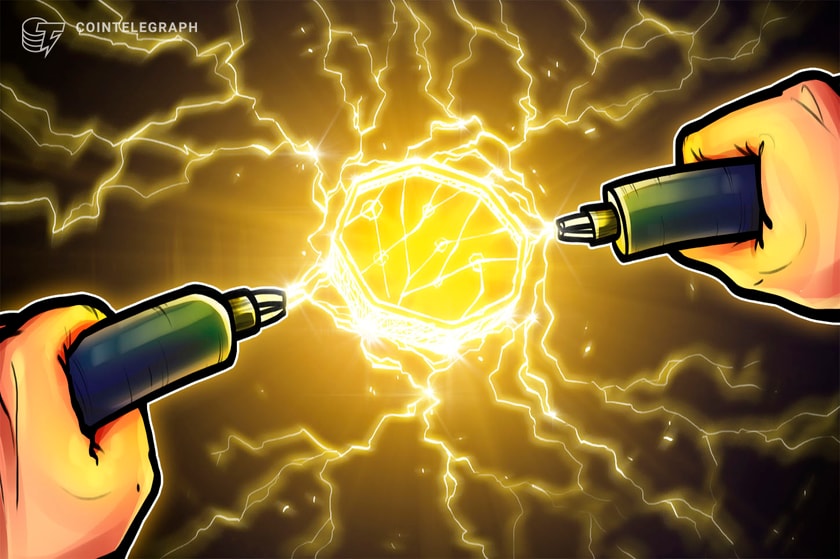The advent of blockchain technology has revolutionized several industries, ranging from finance (DeFi) and gaming (GameFi) to Web2 brands such as Nike for digital fashion and Starbucks for Web3 customer loyalty. However, one area that has remained essentially unchanged is physical infrastructure.
Traditionally, the deployment and management of physical infrastructure, such as telecom networks, cloud services, mobility networks and power grids, have been dominated by large corporations due to their enormous capital requirements and logistical challenges.
As a result, these corporations have had a near-monopoly on pricing, conditions and services offered to end-users, leading to a lack of competition and innovation. That is, until blockchain and Web3 entered the picture.
Most are familiar with DeFi, GameFi, SocialFi and decentralized autonomous organizations (DAOs). DePIN, which stands for Decentralized Physical Infrastructure Networks, is a rising use case with real-world exposure. It utilizes tokens to bootstrap the deployment of physical infrastructure, then creates a network effect that unlocks the novel design space of real-world-based DApps.
DePINs are an emerging crypto trend that leverages blockchain technology to build and operate real-world physical infrastructure and hardware networks in a permissionless, trustless and programmatic way.
Related: Brian Armstrong promised me $100 in Bitcoin — so where is it?
These DePINs are arguably the next evolution of the Internet of Things (IoT) for the Web3 ecosystem or a decentralized IoT where users, device users and businesses own and monetize. DePINs enable globally distributed individuals to collectively build, maintain and operate people-owned physical infrastructure networks without needing a single, centralized entity.
DePINs incentivize supply-side participants to build the network by leveraging crypto-economic protocols, offering end-users more cost-effective and innovative services than traditional models.
The origin of DePIN
In November 2021, our own IoTeX became the first Web3 project to put a name to this up-and-coming economy, calling it MachineFi — or the decentralized machine economy, or IoT. Messari became the first to reference it as DePIN in July 2022.
Token Incentivized Physical Infrastructure Networks — or TIPINs — surfaced the same month. TIPIN describes a network that uses token incentives to motivate individuals to contribute to the deployment and operation of physical…
Click Here to Read the Full Original Article at Cointelegraph.com News…
























